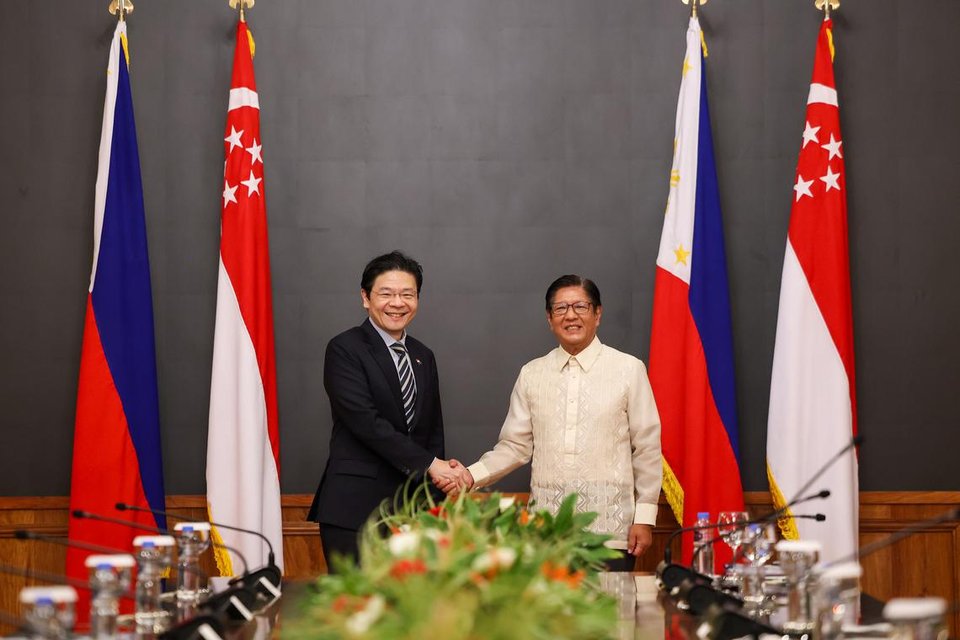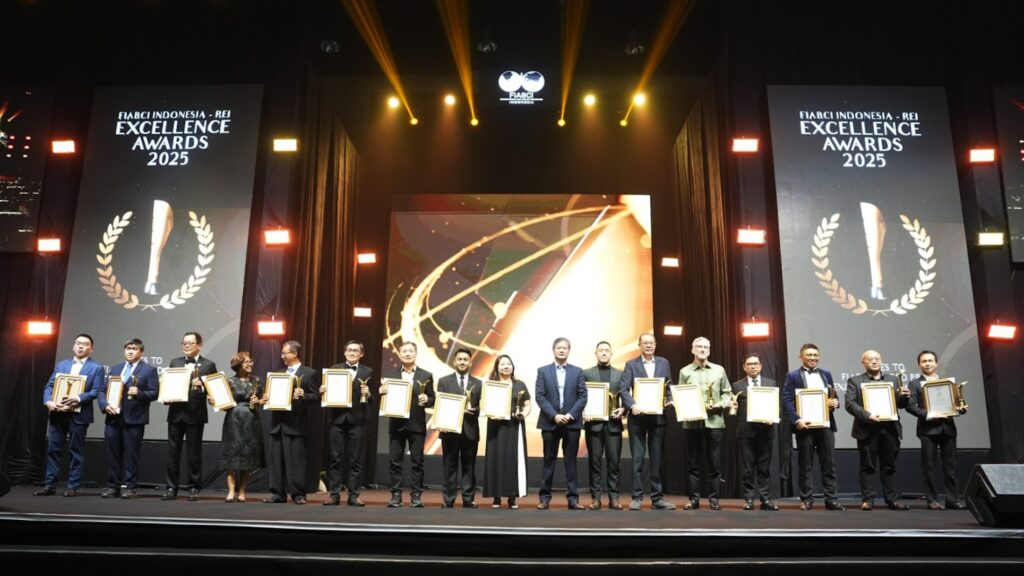Manila – Singapore’s renewed alliance with the Philippines marks more than a bilateral gesture—it’s a strategic maneuver in the wider ASEAN geopolitical landscape. Announced during Singapore Prime Minister Lawrence Wong’s June 4 visit to Manila, the agreement signals a recalibration of energy cooperation and climate diplomacy in Southeast Asia.
At the joint press conference held in Malacañang Palace, PM Wong and President Ferdinand Marcos Jr positioned their countries as key collaborators in accelerating renewable energy deployment and sustainable initiatives. Beneath the formalities, however, lies a strategic convergence: the pursuit of regional influence through energy interdependence.
The countries committed to jointly push the ASEAN Power Grid—an ambitious effort to enable cross-border electricity trade among all 10 ASEAN member states by 2045. The plan, once purely technocratic, is now deeply political. As China and the U.S. intensify their influence in Asia, energy cooperation has emerged as a new front in securing regional alignment.
President Marcos called Singapore a “major partner” in the Philippines’ energy diversification roadmap. Meanwhile, Singaporean firms are actively scouting for solar and wind projects in the archipelago, extending their economic footprint while helping to shape energy narratives in the region.
Perhaps most geopolitically charged is the push for a legally binding implementation agreement on carbon credit transfers. Anchored in Article 6 of the Paris Agreement, the deal could open up a regulated cross-border carbon market—creating an alternative economic lane for ASEAN countries amid global climate financing gaps.
“The agreement won’t just facilitate green investment. It will also drive technology flows and shape who controls the standards and platforms of the carbon economy,” said a regional analyst based in Jakarta.
Such developments invite scrutiny. With carbon markets increasingly tied to global power dynamics, questions arise: Who verifies the credits? Who benefits most? And who sets the rules?
As Singapore and the Philippines draw closer, their partnership could serve as a counterbalance in an ASEAN region under competing energy and geopolitical pressures—making this more than just a cooperation deal, but a strategic inflection point in Southeast Asia’s future.






